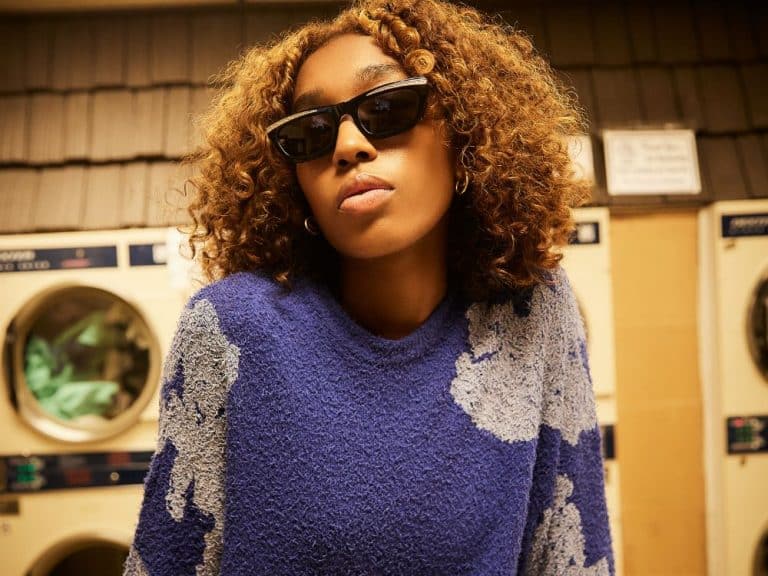Top Trends in product image editing for 2024: How AI is shaping the future of visual contentTrends in image editing AI for product images in 2024
Product image editing is undergoing a major transformation with the rise of AI technology, revolutionizing how visuals are created and perfected in the fashion and luxury goods industry. As we move into 2024, the trends in image editing are evolving rapidly, fueled by new technologies, changing consumer preferences, and a growing focus on powerful visual storytelling. For brands looking to stay ahead of the competition, understanding these emerging trends in image retouching and product image retouching is more critical than ever.
1. AI-Powered Image Retouching
Artificial Intelligence (AI) is revolutionizing the field of image editing. In 2024, AI-driven tools will not just assist but lead the way in product image retouching. These advanced algorithms can analyze images at a pixel level, offering automated corrections that previously required hours of manual work. AI makes image retouching faster and more accurate, from color adjustments to removing imperfections.

2. Hyperrealism in Product Photography
Consumers today demand authenticity, yet they are drawn to hyperreal visuals—images that are more real than reality. In response, image editing trends are leaning towards creating hyperrealistic visuals where every detail, from the texture of a fabric to the glint of a diamond, is enhanced. This trend in product image retouching involves meticulous attention to detail, ensuring that the product appears lifelike while still captivating the viewer’s imagination.
3. Sustainability in Visual Presentation
As sustainability becomes a core value for many brands, this ethos is also reflected in their visual content. In 2024, there’s a growing trend of using image editing to highlight sustainable aspects of products subtly. Whether enhancing the natural textures of eco-friendly materials or emphasizing the recycled elements in a product, image retouching often includes a narrative that aligns with a brand’s sustainability goals.
4. 3D and Augmented Reality (AR) Integration
Integrating 3D modeling and augmented reality into product images is another major trend. Brands increasingly use image editing to create 3D renders that can be explored in AR environments. This not only provides a more interactive experience for customers but also allows for a deeper engagement with the product. In 2024, expect to see more brands leveraging these technologies to offer customers a virtual try-before-you-buy experience, where image editing plays a crucial role in making these digital representations as accurate and appealing as possible.
5. Minimalism with a Twist
Minimalism continues to be a strong visual trend, but with a twist—brands now focus on a minimalistic style that highlights the product’s unique features. This approach in image retouching involves removing distractions and ensuring that the product stands out in its purest form. The key is to balance simplicity with striking elements that draw attention to the craftsmanship and design of the product.
6. Inclusive and Diverse Imagery
In 2024, the push for inclusivity and diversity is stronger than ever. This extends to the way products are presented visually. Image editing trends are shifting towards ensuring product images resonate with a broader audience. This means representing diverse models and backgrounds and tailoring the retouching process to reflect different skin tones, body types, and cultural nuances. Brands that embrace this trend in product image retouching are likely to build stronger connections with a more diverse consumer base.
7. Enhanced Shadows and Reflections

Lighting and shadows play a critical role in how products are perceived. In 2024, there’s a trend towards enhancing these elements in product images to create more dynamic and visually appealing content. Image retouching now often involves adjusting shadows and reflections to add depth, dimension, and a sense of realism to the product, making it stand out more vividly in a crowded marketplace.
8. Mobile-First Image Optimization
With more consumers shopping on their smartphones, optimizing images for mobile viewing is essential. This trend involves ensuring that product images are crisp, clear, and load quickly on smaller screens. Image editing in 2024 is increasingly focused on mobile-first optimization, where the retouching process considers the technical constraints and user experience on mobile devices.
Conclusion
As we look forward to 2024, the trends in image editing reflect a blend of technological advancements and evolving consumer expectations. From AI-driven image retouching to integrating AR and 3D technologies, the landscape of product image retouching is set to become even more sophisticated. Brands that stay ahead of these trends will enhance their visual storytelling and strengthen their connection with consumers, driving engagement and, ultimately, sales.
In this rapidly changing digital environment, partnering with a skilled image editing company can help your brand navigate these trends and ensure your product images are always on point. Whether you’re looking to embrace hyperrealism, sustainability, or inclusive imagery, the right image retouching strategies will set your brand apart in 2024.


